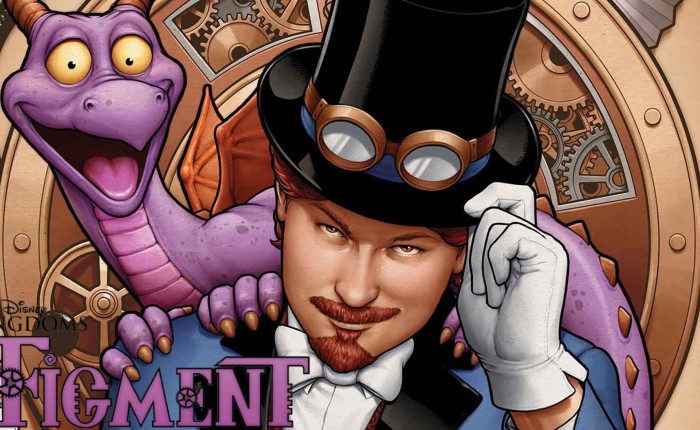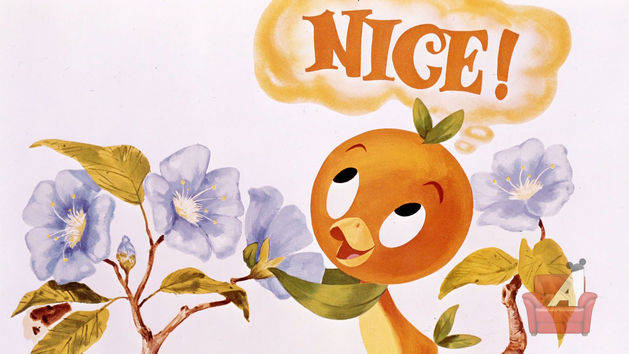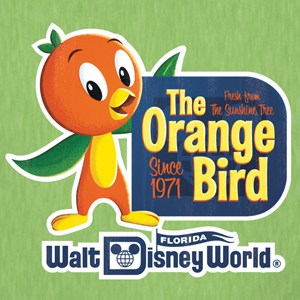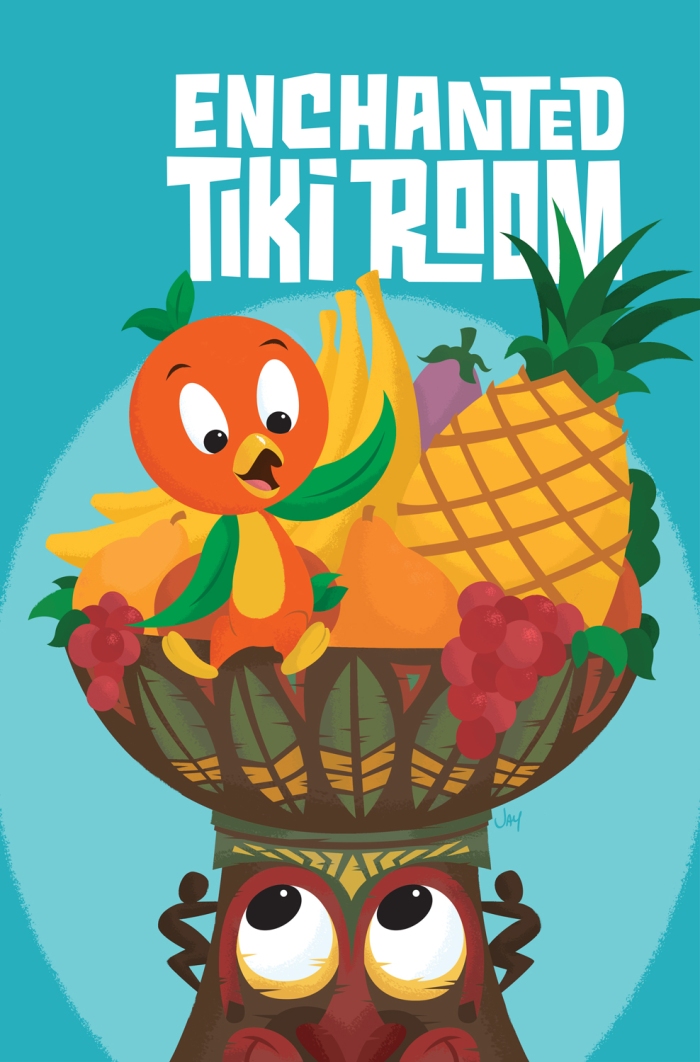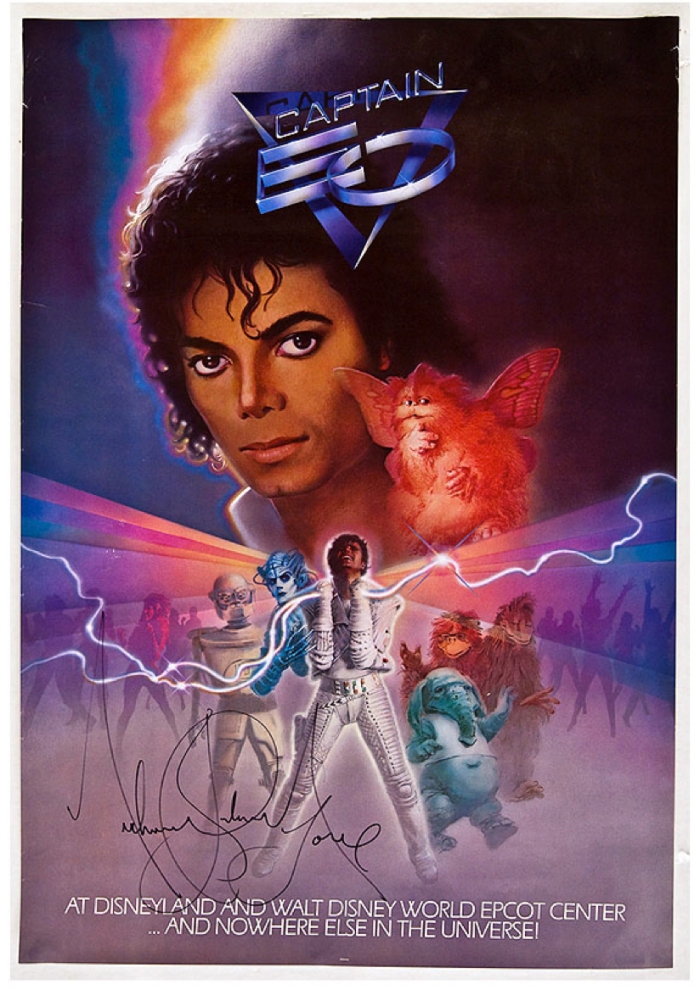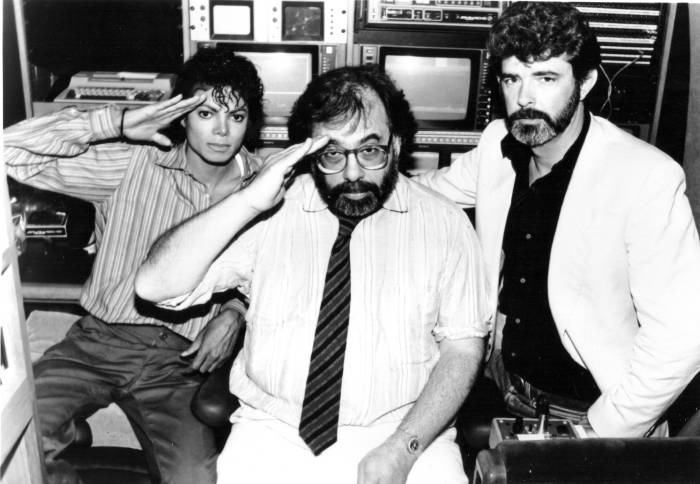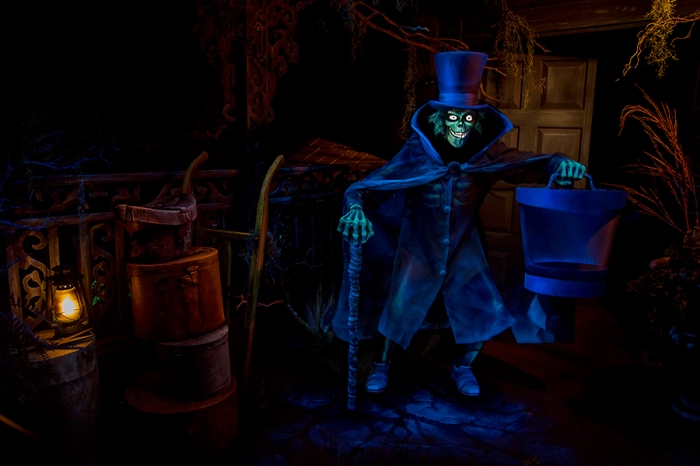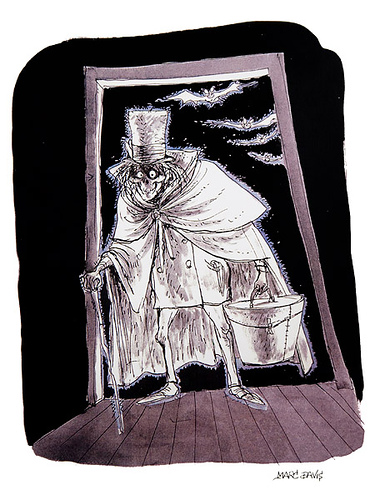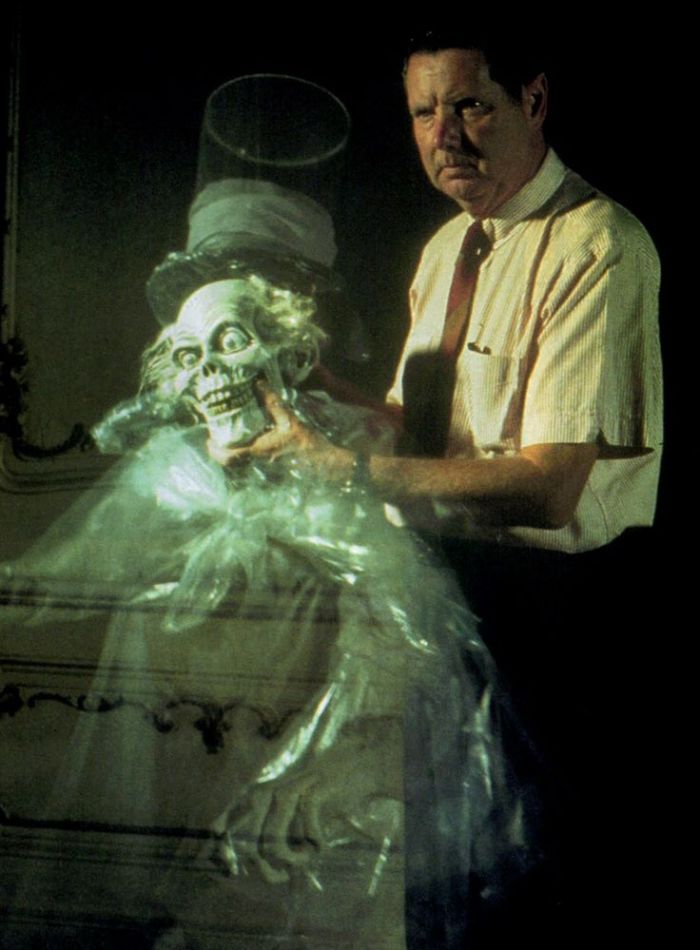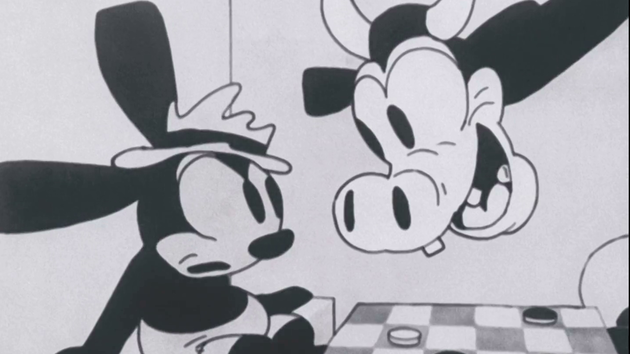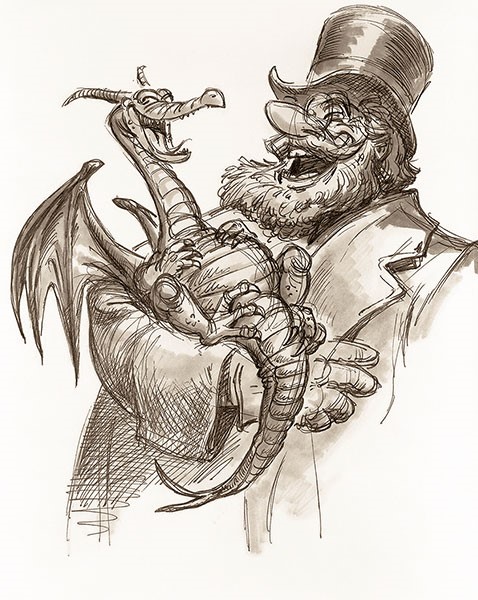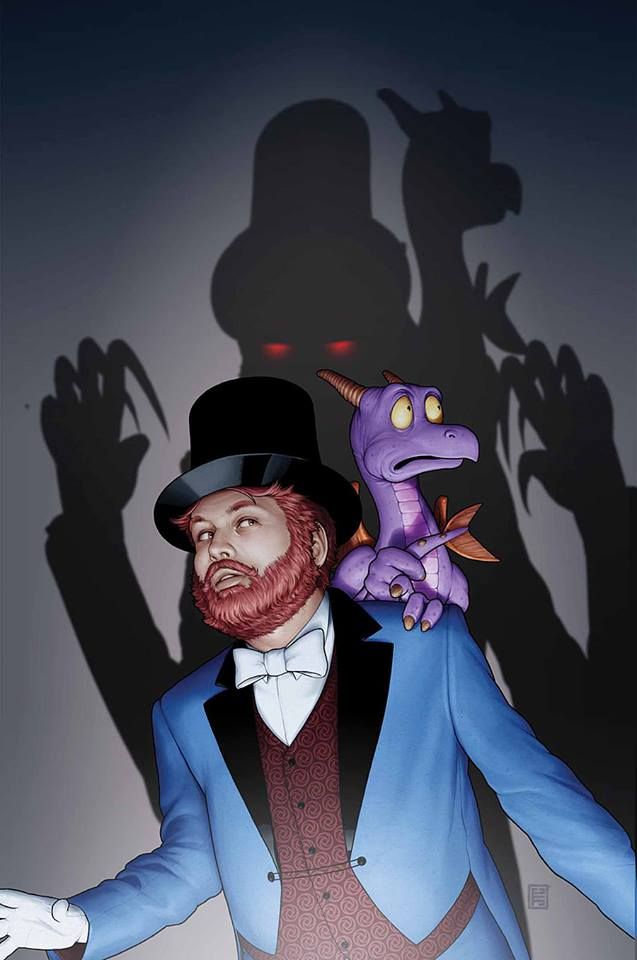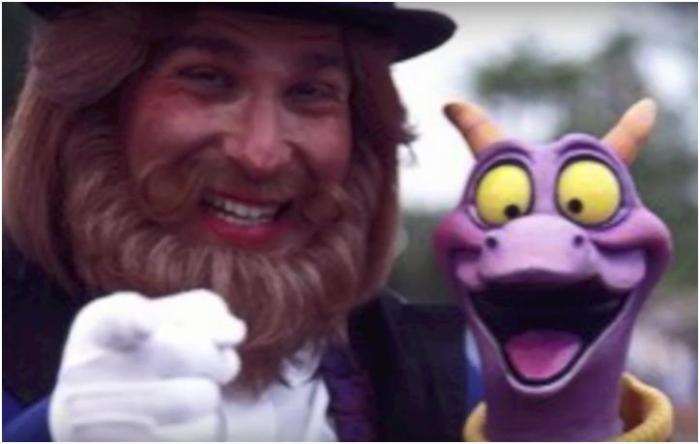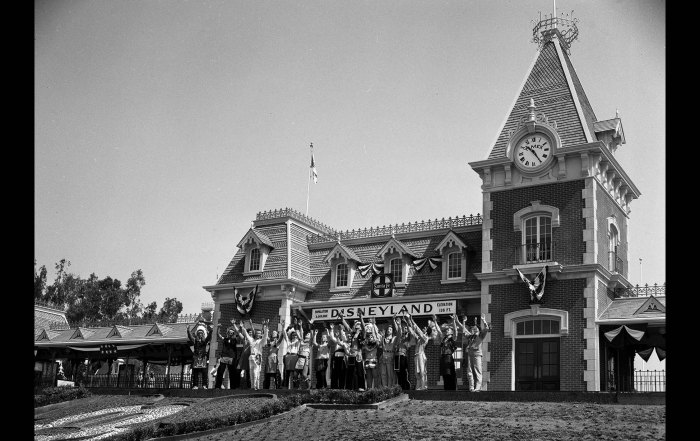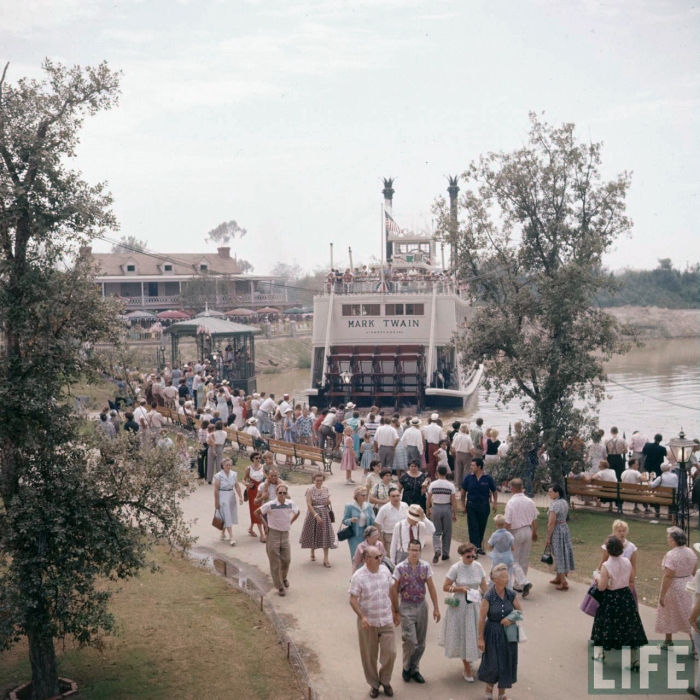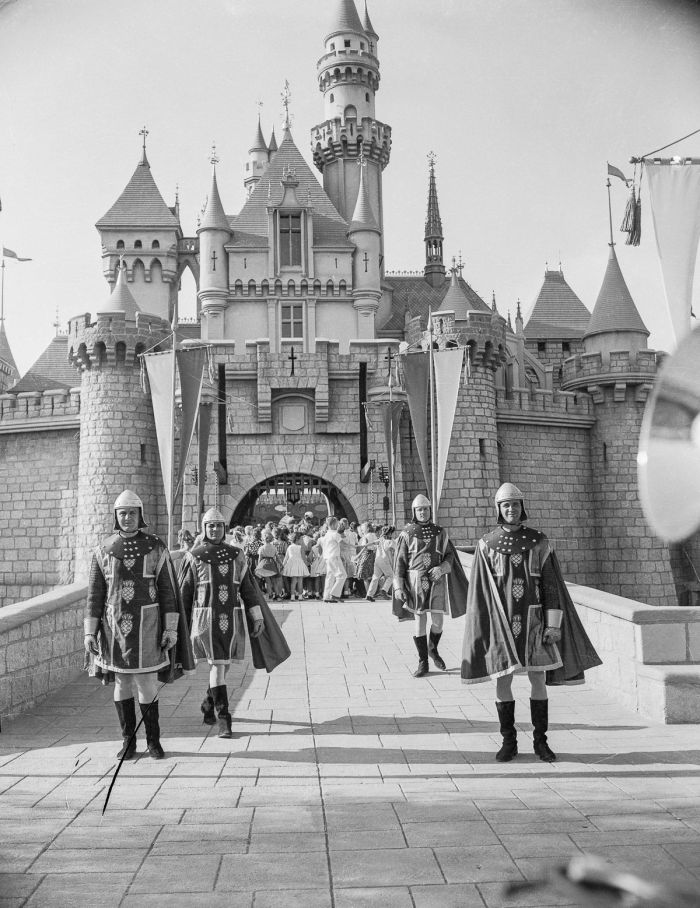Read Part 1 HERE!
The year is 1966. A thrilling adventure on the high seas has just been added to Disneyland’s New Orleans Square. But there is something else that grabs the attention of guests in the area. Something new and mysterious. Wide-eyed children look through a pair of wrought-iron gates at a strange building…an opulent mansion. No one knows what will be inside, and the only hint of what’s to come is a sign that reads:
“Notice! All ghosts and restless spirits. Post lifetime leases are now available in this Haunted Mansion”
It’s followed by a description of the mansion’s offerings for retired haunts and ends with the phrase:
“For reservations send resume of past experience to: Ghost Relations Dept., Disneyland. Please! Do not apply in person.”
This sign is all guests know about the inside of the Haunted Mansion and would be the only bit of knowledge they’d receive about the attraction for several years. expectations were rising. This mysterious attraction captured the imagination of Disneyland guests from all over the world and the anticipation rose to new heights.
Fast-forward to early 1969…All who visited Disneyland were eagerly awaiting the future attraction; none of them even realizing the development nightmare that had been going on behind the scenes for nearly half a decade.

They could have never known that in 1964 work on the mansion (which had already been in development for 10 years) came to a screeching halt when Walt Disney diverted all of his attention to the 1964-1965 New York World’s Fair. Everyone who was anyone at Disneyland was sent to work on the extensive lineup of attractions that would debut at the fair, and no one was left to work on any of the ongoing home-projects at Disneyland. The Haunted Mansion would have to wait for a little longer.
However, fate was on the Haunted Mansion’s side, because the World’s Fair actually provided several technological breakthroughs that effectively solved many of the future storytelling problems for the Mansion, allowing development to flow more smoothly than it ever had before.
You see, before the World’s Fair, the story that the Imagineers could tell In the Haunted Mansion was limited by the technology of the times. The World’s Fair provided an unprecedented stroke of luck that greatly broadened the borders of what they could accomplish and opened up previously unimagined horizons. The first of these lucky breakthroughs, and arguably the most famous, was the “perfection” of Disney’s Audio Animatronic technology; which had first debuted in the Enchanted Tiki Room in 1963. With the technological innovation of the photo-realistic Mr. Lincoln at the World’s Fair, it was finally possible to populate the Mansion with a believable cast of characters in various stages of movement, rather than in static scenes, allowing the story to be told in a much more efficient manner.

The second breakthrough, and probably the most important for the future of the Mansion, was the advent of the Omnimover Ride System. This ingenious vehicle design was an evolution of the PeopleMover system developed for the Ford’s Magic Skyway attraction at the World’s Fair. In essence, this system was a chain of individual swiveling vehicles that ran on a hidden track underneath the ground moving at a constant speed, so that passengers could be unloaded and loaded in an efficient manner and at consistent rate.
The reason why this second innovation proved such a game-changer was the fact that, up until that point, the Haunted Mansion was supposed to be walkthrough exhibit. The Omnimover system allowed the attraction to become a continuous ride-through experience; raising its hourly capacity tremendously. It also allowed Imagineers to control what riders would see, by preplanning the track layout and the programming the individual cars to swivel or turn on cue. They effectively controlled the audience’s view of the story and special effects in the same way a camera would for a feature film. The Haunted Mansion was slowly becoming like a real-life movie that you could step into.

Now with the technology to tell an effective story, Disney simply needed storytellers that could execute those technological tools correctly. Luckily, after the World’s Fair ended, two of Walt’s greatest storytellers were now available for the mansion. Marc Davis, known for his brilliant animation of Cinderella, Maleficent, Cruella De Vil, Tinker Bell, and many more famous Disney characters, was brought onto the project for character and scenario design. After his concepts for Pirates of the Caribbean proved so crucial to its success, Walt Disney wanted him to help guide the new haunted masterpiece they were building. At the same time, Claude Coats, a Disney background painter who was known for designing many of Fantasyland’s famous storybook rides and providing the layout for Pirates of the Caribbean, was brought in for his familiarity with the spookier aspects of fairy tales.
However, there was one problem with this dynamic duo; both had completely different ideas for what the Haunted Mansion’s tone should be. Marc wanted the mansion to be funny and lighthearted, believing that a real haunted house would be too scary for a family establishment like Disneyland. On the other hand, Claude Coats believed that you shouldn’t even make a “haunted house” attraction in the first place without making it scary. The two conflicting ideologies became a bit of a problem, so much so that Walt was forced to bring in a third party to reconcile the two of them.
Walt knew exactly who to call; good ol’ X!Xavier ‘X’ Atencio was an animator at the studio in whom Walt saw something very special. Even though Atencio had never written a script before, Walt thought he would be good at it, and had him assigned as the lead writer on Pirates of the Caribbean only a few years prior. Walt’s insight would prove prophetic as that ride became what many consider to be the greatest ride in theme park history, and Atencio’s lyrics for “Yo Ho, Yo Ho, A Pirate’s Life for Me” would be sung around the world; remembered by thousands of people to this very day! Walt thought Atencio might be able to pull it off again with the Haunted Mansion.

Again, Walt Disney was right! Atencio managed to somehow juggle Claude Coats dark tones with Marc Davis’s silly characters and create a script that balanced the macabre with the satirical. After a few drafts, a final story focusing on that “retirement home for happy haunts” was approved. This final draft would tie together separate side-stories based on Marc Davis’s unforgettable characters under a singularly sinister roof from Claude Coat’s designs. Finally, the Haunted Mansion had the story it deserved, and although Walt never got to see the finished product due to his untimely passing in late 1966, the ride would have made him proud. The Haunted Mansion opened to critical acclaim in 1969…the rest is history.
We tip our hat to an attraction that’s been entertaining and spooking guests for half a century. Just make sure the ghosts don’t follow you home!

It may have taken over 15 years to create, but it was worth it! And with 999 happy haunts to visit, you’ll want to hurry back again and again! After all, there’s room for a thousand… Any volunteers?
WANT MORE DISNEY HISTORY?:






















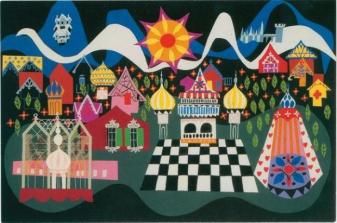

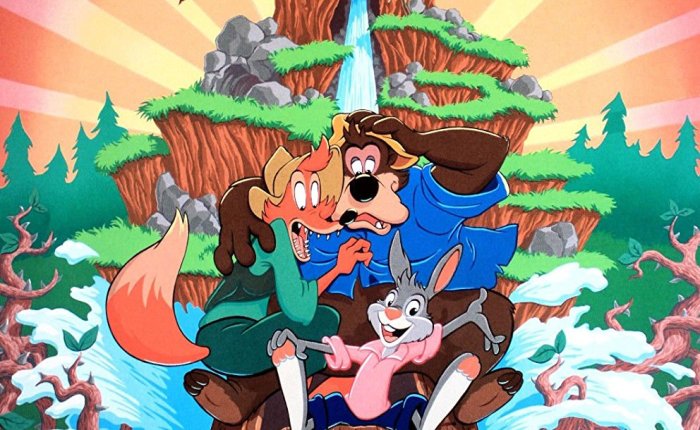










 To honor his brother, Roy, then acting as CEO of the Walt Disney Company, had decided to officially rename Disney World as Walt Disney World; a small but powerful change that reminds the world who it was that started the Disney magic in their hearts. Roy decided to do everything he could to ensure that his brother’s final dream came to be. If Roy had anything to say about it, EPCOT, Walt’s final dream for a utopian city, would come true. He would make it a reality, no matter how much the board protested.
To honor his brother, Roy, then acting as CEO of the Walt Disney Company, had decided to officially rename Disney World as Walt Disney World; a small but powerful change that reminds the world who it was that started the Disney magic in their hearts. Roy decided to do everything he could to ensure that his brother’s final dream came to be. If Roy had anything to say about it, EPCOT, Walt’s final dream for a utopian city, would come true. He would make it a reality, no matter how much the board protested. Due to this, EPCOT would sadly never come to be. But that does not mean that all the ideas which came with it had to die. In fact, although we will probably never get to see Walt Disney’s final dream come to fruition, we can still see sparks of it in the final design of what became Walt Disney World.
Due to this, EPCOT would sadly never come to be. But that does not mean that all the ideas which came with it had to die. In fact, although we will probably never get to see Walt Disney’s final dream come to fruition, we can still see sparks of it in the final design of what became Walt Disney World.























